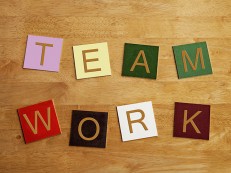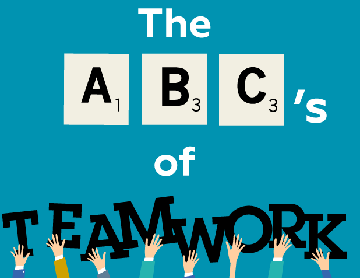Obstacles to Empowered Communication

Communication is the human link. It is our first act of interaction when we are meeting new people or approaching new situations. Although we communicate with people every day in various situations, there can often be many obstacles to above the line and empowered communication.
Some of the main communication obstacles can come directly from within ourselves, while others come can come from a variety of sources outside of ourselves. Whatever the obstacle may be, the first step toward achieving effective communication is to be able to effectively recognise these obstacles and how they may be causing messages to be misinterpreted or misaligned.
There are some key barriers that can be identified as major issues when effective communication is the end goal:
Semantic Barriers
The words, tone and body language we use during our moments of communicating with others are key to whether the information is sent clearly or not. There is always a possibility that the receiver of the message will misunderstand the feelings of the sender of the message, or will get the incorrect meaning of it. Similarly, the receiver of a message needs to be a capable communicator for the sake of clarity and comprehension.
If a message is badly expressed it can present itself as unclarified assumptions, technical jargon and misunderstanding, and faulty translations of meaning. All these can lead to costly and damaging errors and misinterpretations. The more clearly and succinctly information is sent, the more likely that the meaning will not get lost in complicated interpretation.
Personal Barriers
While mastering the art of skilful and adaptable communication is a complex one, having the wrong attitude to the situation will immediately increase levels of distrust and lack of attention between the parties communicating.
Sometimes, personal barriers can take a variety of forms that relate to both the person sending the message and the person receiving it, for example:
- Lack of confidence – whether it be from a team member not feeling like they have the support of their managers around them, or conversely managers not feeling confident that their team is capable of completing the task
- Unwillingness to communicate – either when a team member feels that information should be concealed from management to prevent negative actions, or when managers conceal information to protect team members from further issues in the workplace
- Lack of incentive – for team members if superiors ignore their suggestions or are indifferent to new ideas
Organisational Barriers
The inherent structure of the organisation can greatly affect the capability of individuals and teams to communicate effectively. The policies that exist around forms of communication between levels of staff, rules and regulations between departments can either enhance or hinder how a message gets through to all involved.
- Organisational policies – it may be a policy of your workplace that all important communication be in written form. It may be that some staff members could benefit from more preparation for one-on-one discussions (i.e. with a discussion planner)
- Rules and regulations – if some rules or regulations around communication are not explained properly some senders may not send some of these messages
Next Post – Overcoming Barriers to Communication
It’s important to understand and recognise each of the key barriers to effective communication mentioned. Next post we will discuss the possible solutions you can employ to get the most out of all your interactions with your colleagues and team members.



